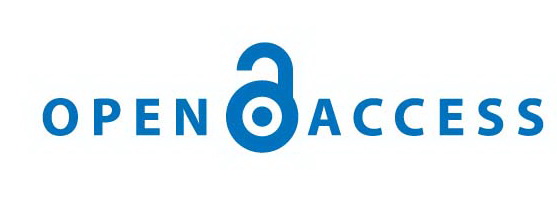Generating believable Gait Patterns for Quadruped Locomotion using Fourier Analysis
Abstract
In animation attaining a realistic gait pattern for a virtual quadruped character is very time consuming for animator. This research provides a prototype system for creating an initial layer of natural-looking animation to serve as a starting point for an animator. Starting with reference video of an actual Tiger’s walking, joints are animated to create a rotoscoped animation. This animation represents the animal’s natural motion achieved manually through key frame technique, which contains numerous errors in form of inaccurate motion curves. These expressions will be used to animate a virtual quadruped’s skeletal rig in Autodesk’s Maya. Joint angle values for the legs are sampled per frame of the animation and conditioned for Fourier analysis. FFT Fast Fourier Transform) provides frequency information that is used to create mathematical descriptions of each joint’s movement. A model representing the Tiger’s overall gait pattern that will be created once each of the leg joints will be analyzed and defined. Lastly, a new rig for a virtual quadruped will be created and its leg joints will be animated using the gait pattern model derived through the FFT analysis.
Copyright (c) 2020 University of Sindh, Jamshoro

This work is licensed under a Creative Commons Attribution-NoDerivatives 4.0 International License.
University of Sindh Journal of Information and Communication Technology (USJICT) follows an Open Access Policy under Attribution-NonCommercial CC-BY-NC license. Researchers can copy and redistribute the material in any medium or format, for any purpose. Authors can self-archive publisher's version of the accepted article in digital repositories and archives.
Upon acceptance, the author must transfer the copyright of this manuscript to the Journal for publication on paper, on data storage media and online with distribution rights to USJICT, University of sindh, Jamshoro, Pakistan. Kindly download the copyright for below and attach as a supplimentry file during article submission












